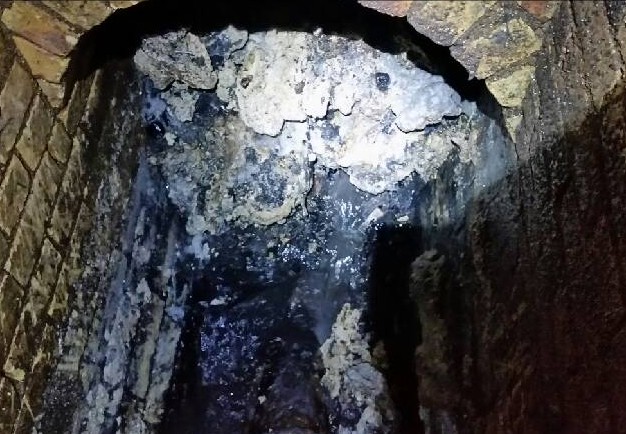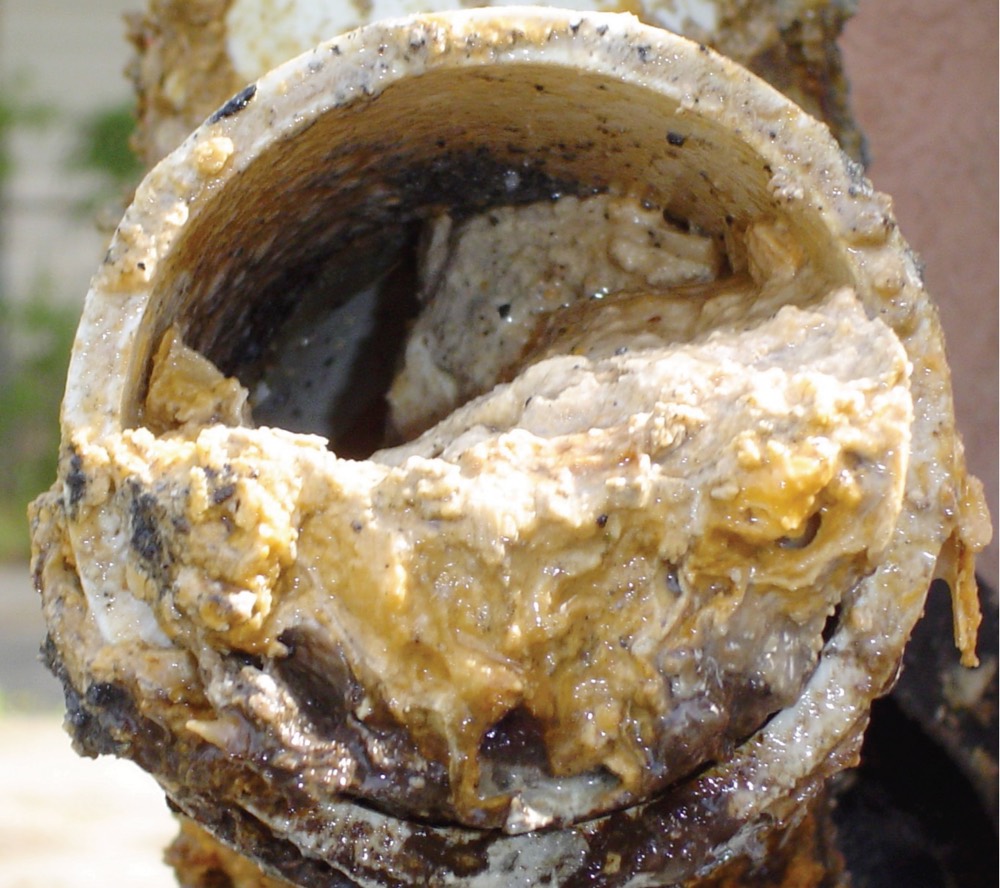London's 143-Ton 'Fatberg' Gets Second Chance As Biofuel

Even a "fatberg" — an enormous clotted, mass of fat and garbage found clogging a London sewer — deserves a second chance, and the biggest fatberg ever found in a British sewer recently got one.
The fatberg, a cement-like plug of accumulated cooking grease, diapers, wipes, sanitary products and other refuse that was flushed down toilets, extended through 820 feet (250 meters) of Victorian sewage pipe, and weighed an estimated 143 tons (130,000 kilograms).

Thames Water is partnering with sustainable biodiesel producer Argent Energy, to change what was formerly a "rancid blob" into "pure green fuel," Alex Saunders, a waste network manager with Thames Water, said in the statement.
Bit by bit, workers are chipping away at the giant fatberg with high-pressure water jets and then sending the loosened globs to a processing plant that will separate the oils and fat from the other refuse and convert it into biodiesel, a type of fuel that burns cleaner than fossil-derived diesel, Thames Water representatives said. The amount of environmentally friendly fuel that the fatberg could produce would be enough to run 350 double-decker buses for a day, according to the statement.

Plugs of congealed fat forming in sewer pipes from improperly discarded oils are a recurring problem in the U.K., where sewage systems in some areas date back to the Victorian era. In 2013, waste management officials discovered a fatberg weighing 15 tons (13,608 kilograms) that almost completely blocked a sewer in Kingston, Surrey, near London.
Repairing sewer damage from the Whitechapel fatberg is expected to occupy cleanup crews into October, Thames Water representatives added. Though fatbergs are disgusting and destructive, the biofuel conversion of the Whitechapel fatberg shows that they can also do some good, Saunders said in the statement.
"Even though they are our worst enemy, and we want them dead completely, bringing fatbergs back to life when we do find them — in the form of biodiesel — is a far better solution for everyone," Saunders said.
Sign up for the Live Science daily newsletter now
Get the world’s most fascinating discoveries delivered straight to your inbox.
Original article on Live Science.

Mindy Weisberger is an editor at Scholastic and a former Live Science channel editor and senior writer. She has reported on general science, covering climate change, paleontology, biology and space. Mindy studied film at Columbia University; prior to Live Science she produced, wrote and directed media for the American Museum of Natural History in New York City. Her videos about dinosaurs, astrophysics, biodiversity and evolution appear in museums and science centers worldwide, earning awards such as the CINE Golden Eagle and the Communicator Award of Excellence. Her writing has also appeared in Scientific American, The Washington Post and How It Works Magazine. Her book "Rise of the Zombie Bugs: The Surprising Science of Parasitic Mind Control" will be published in spring 2025 by Johns Hopkins University Press.









